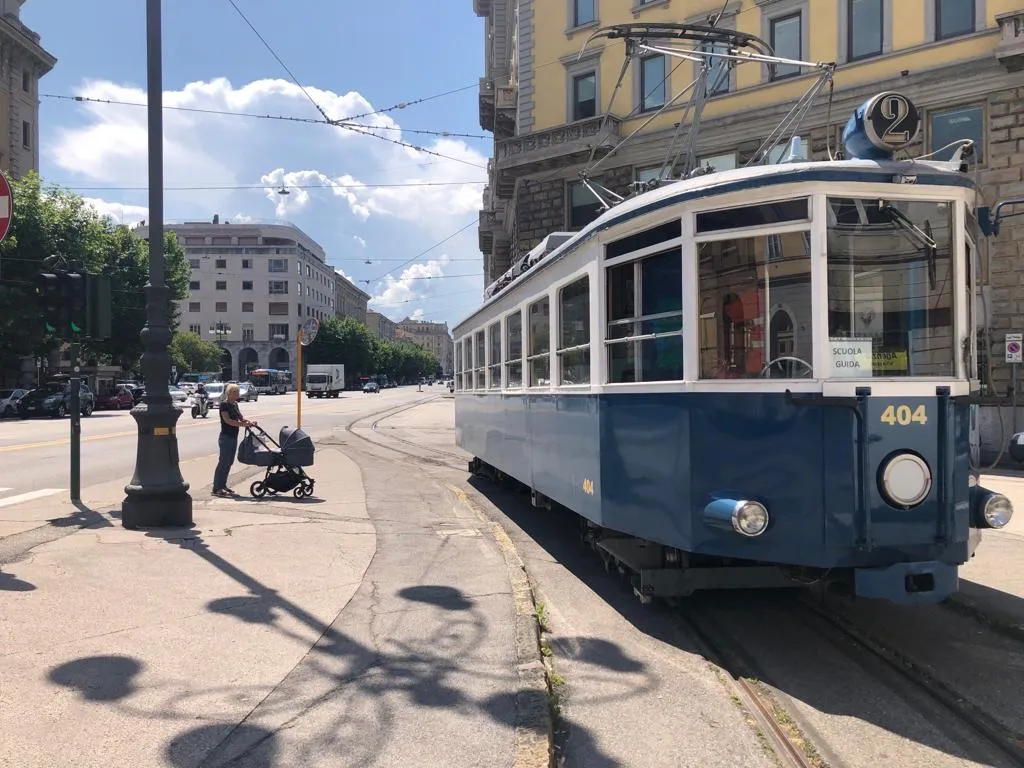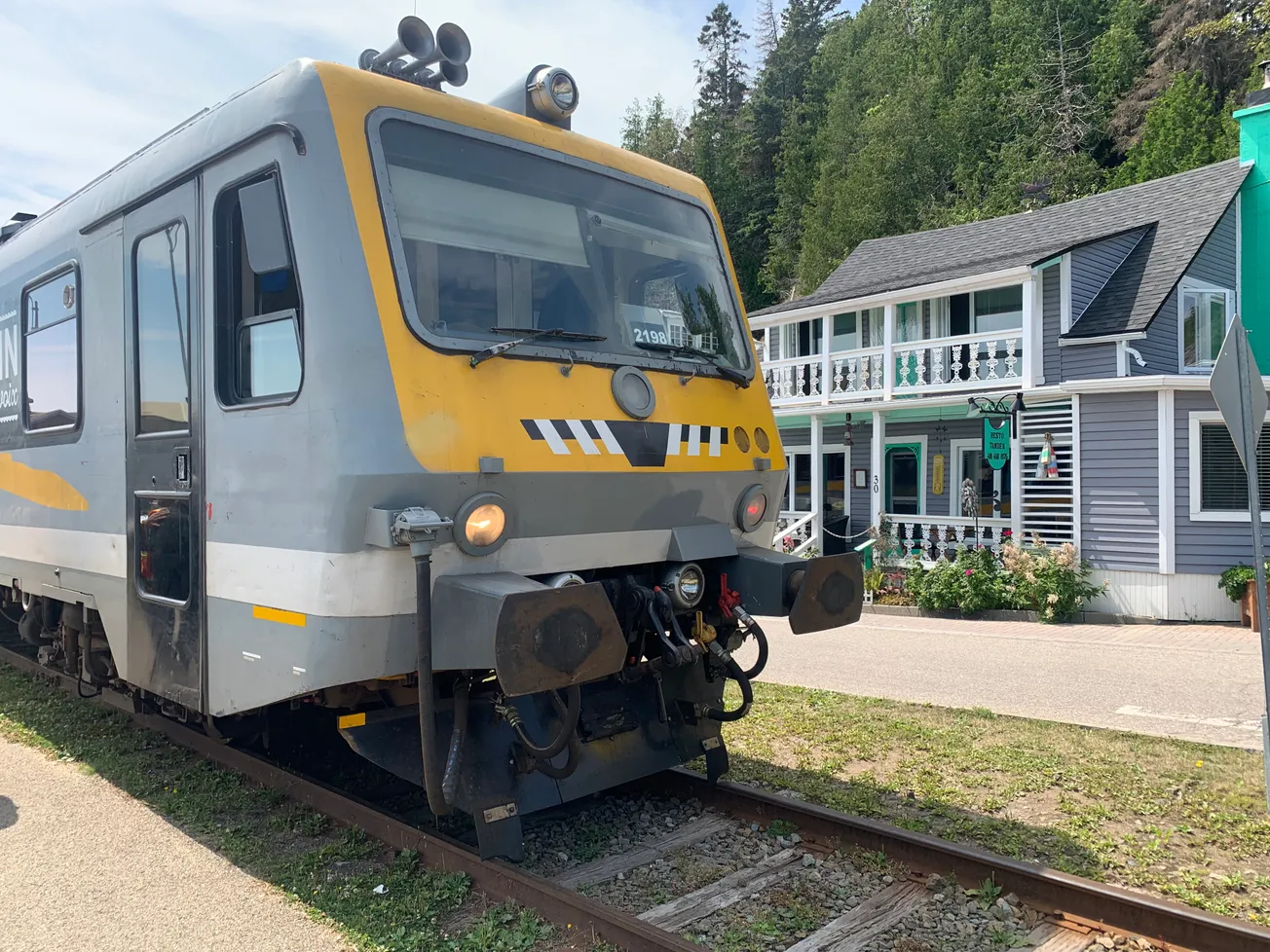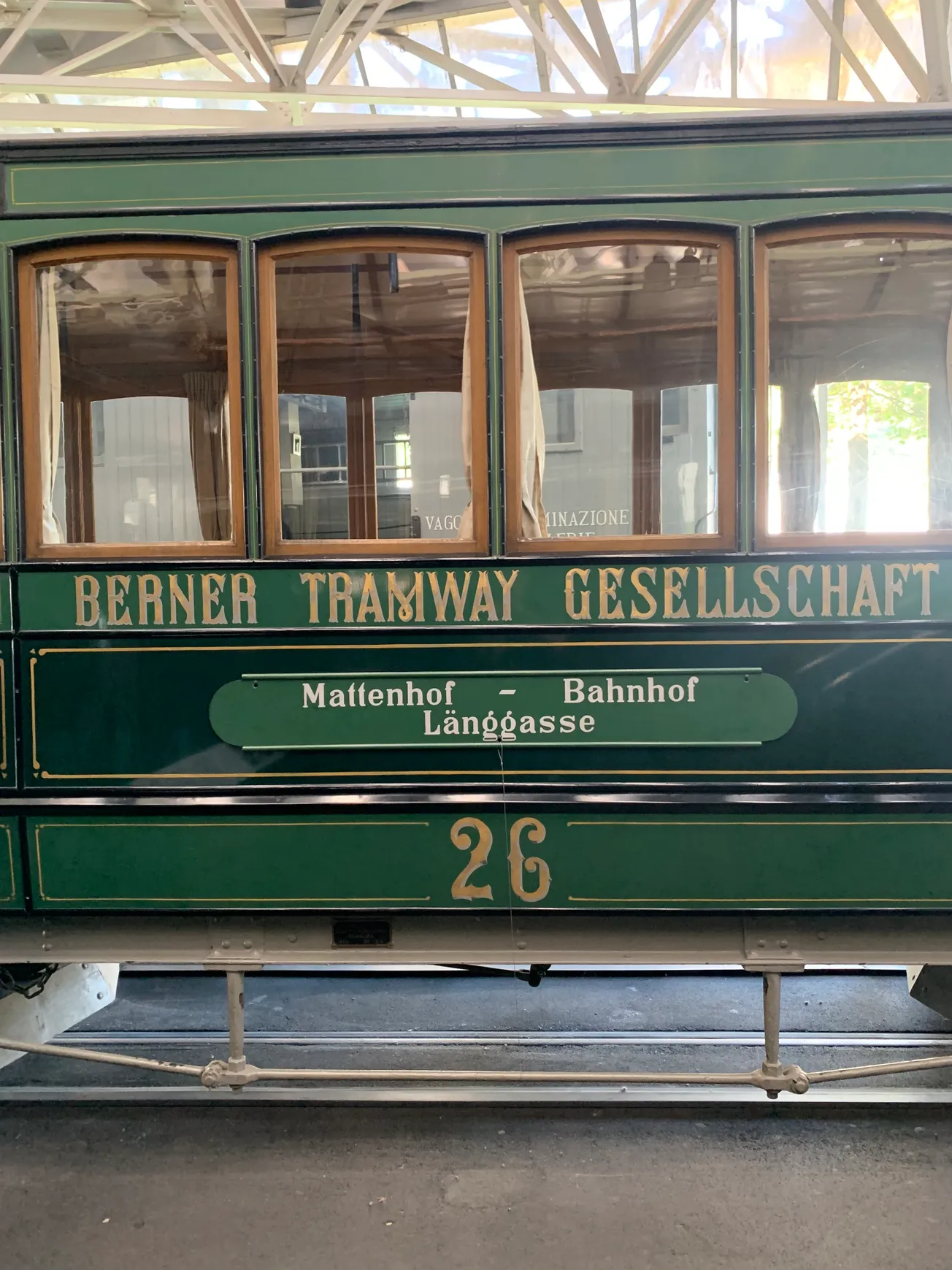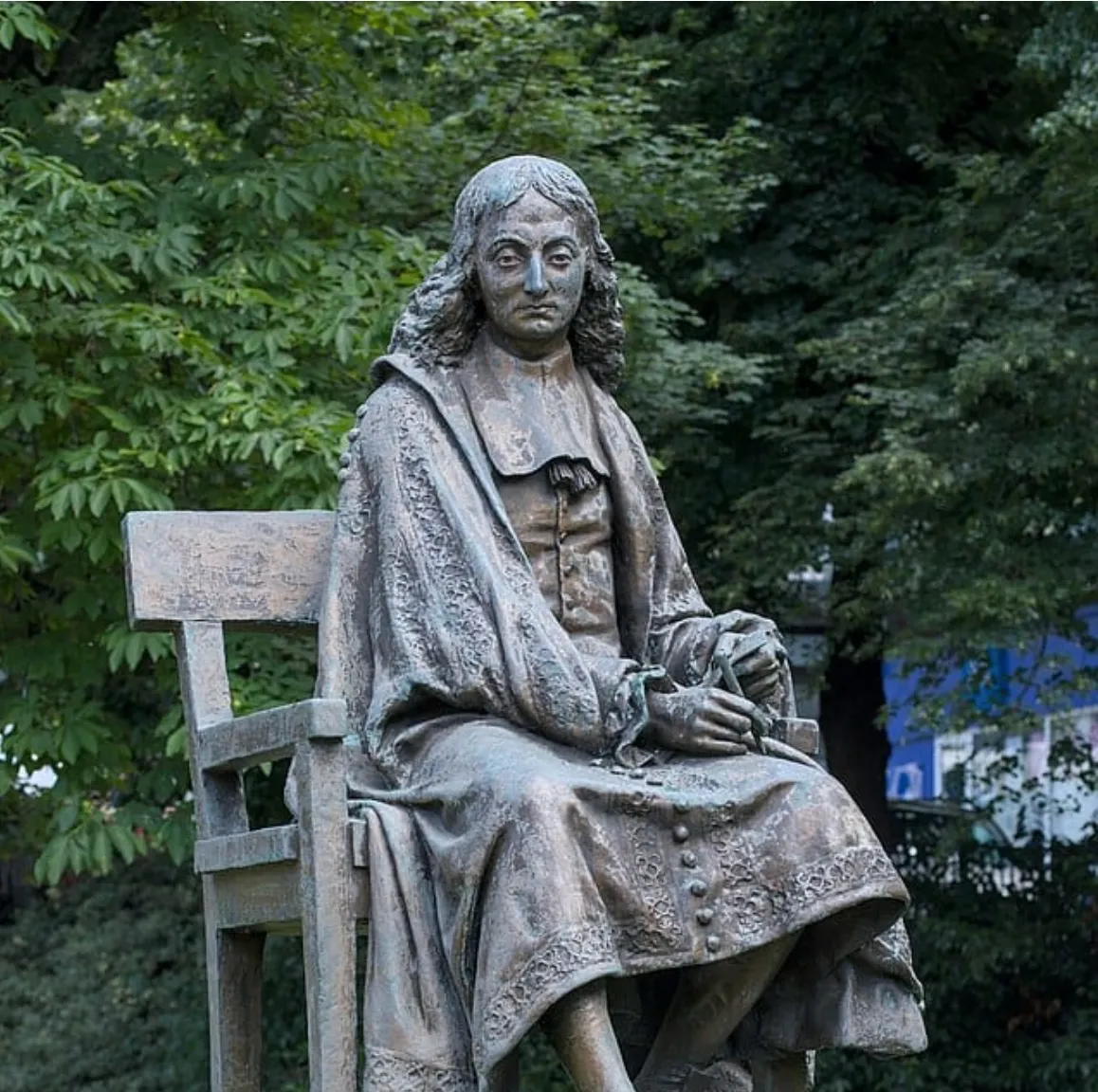Table of Contents
I’ve been sharing my voyage this month, by trains and transit, across northern Italy. In the last dispatch, I was in Bologna, a medieval university city where I was enchanted by colonnades and cabinets of curiosities, gelato and lasagna verde, and countless kilometers of colonnades. (I! Shall! Return!) My departure, after a visit to the unforgettable, and thoroughly macabre Museo di Palazzo Poggi, was another scramble across piazze and over cobblestones with backpack and rolly bag. Google Maps, which is really a boon when you’re walking—or running—late, indicated I had 17 minutes to get from my hotel to the train station. (As much as I value the time the app saves me, part of me hates being that person staring at the little blue dot on the smartphone screen, rather than taking in the world around me.)
Google got the timing right, but Bologna Centrale is laid out like a funhouse, with Escher-esque elevators between its multiple levels; by the time I made it to Platform 17, the train was already in the station, and the doors were about to close. I’d booked a seat in “BUSINESS AREA SILENZIO,” so my sweaty, red-faced, out-of-breath entrance was greeted with raised eyebrows from the dapper types perusing the day’s Corriere della Sera. Che brutta figura!
A seven-euro additional charge over coach got me a seat in the business-class quiet car on a Frecciarossa, the fastest of Trenitalia’s high-speed trains, which tops out at 300 km/h. It was quiet—the young guy I shared a four-seat table with was as engrossed in writing on his laptop as I was. Not that I find coach particularly noisy—and even when there are bambini wailing or people yacking on phones, earbuds and headphones solve the problem pretty quickly. The chief boon, as far as I could tell, was the free “lunch.” Basically a cardboard box with cookies, a square of chocolate, a bottle of water, and biscuits made with teff (an ancient grain from the Horn of Africa goes mainstream! go figure…). There was also a drinks cart, and I gladly accepted a free glass of Prosecco, and a refill, which I figure covered the difference between economy and business.

The train left Bologna on time, and also arrived at Venice Mestre, one hour and 22 minutes later, on time. In fact, all the high-speed trains I took on this trip were punctual.
Well, one exception: the first, from Milan to Turin, which left 10 minutes late. (By low North America passenger rail standards, a ten-minute delay is a rounding error.) I had a half-hour to catch my next train, which gave me time to change platforms, and enjoy a macchiato at the bar. And I do mean enjoy—the average Italian train station, 1-euro espresso easily beats out most five-buck, third wave, heart-in-the-foam coffees you get in big cities on the other side of the Atlantic.

I had a 2nd-class ticket on a “Regionale Veloce,” and found a seat on the upper level of a two-tiered wagon. This was a much slower train, but I was fine with that. High-speed trains are great, but they can feel like being sealed up in a jet plane: the landscape flashing by turns into a kind of fast-scrolling video. On slower trains, your gaze can linger on cows, haystacks, and you can actually read the names on the signs of the towns you’re passing through. And in the case of the approach to Trieste, spectacular views looking down on the coruscating blue Adriatic Sea, as the tracks wound through the Carso, the dramatic limestone mountains at the origins of “karst,” a word familiar to the spelunkers of the world.

In Trieste’s small, modern-feeling train station, I was tempted to hop on the train on the adjoining track, which was headed for Ljubljana in Slovenia, a city with a utopian, car-free center. Instead, I rolled my bag to my “suite” (a hotel with no reception, basically), which was just across the piazza from the station. There’s a Chinese saying that goes, any load is heavy if you have to carry it a thousand paces, and that’s true of even the most ergonomic backpack—when I’m city-hopping, I’ve learned to book a decent hotel close to the main train station. This one was 200 metres away. (It really reduces stress when you’ve got an early morning checkout.)

I won’t spend too much time talking about Trieste in this dispatch. Suffice it to say, it lived up to the expectations aroused by reading the lyrical last book of Jan Morris’s long career, Trieste and the Meaning of Nowhere. Any city that has statues of writers in almost every square (Joyce, Svevo, Saba, d’Annunzio—OK, I could have done without a tribute to that verbose proto-Fascist), and a dozen historic caffès, any one of which I could have written my own book in, is a place after my own heart. It is as singular as Naples, but while that genially shambolic city conjures up an Italian version of Calcutta, Trieste is more like a Vienna-on-the-Sea—eerily orderly and sedate, at least until the crazy-making bora begins to blow. Nostalgia; elegance; charm; disorientation; wind. Those are Trieste’s keywords, and each of them merits an essay on its own.
As for transportation—not much rail: no metro, which would be a possibility in a metro area of 418,000 (even though the hilly topography might make it a challenge). But the bus system, according to the residents I talked to, was really excellent. In fact, the local agency, Trieste Trasporti, runs 66 lines and carries 65 million passengers a year (it also runs two public ferry lines, to towns across the Gulf of Trieste). I took a few rides on very modern, German-made, air-conditioned buses; there were digital panels at many stops that announced arrival times, and the headways seemed excellent.

Frankly, though, the center of Trieste is small, and I spent most of my time walking. And I fell in love with the buzzing, plane-tree-shaded pedestrian mall that is Viale XX Settembre, where people gather of an evening for the passeggiata, or to sit down for a Spritz. It rivals Barcelona’s Rambla as an urban stroll, and might be even longer.
Some of you may know that Trieste is home to one of the weirder modes in the world of transit, the Funicular-Tram to the town of Opicina in the Carso. My “suite” was a five-minute walk away from the piazza where the F-T begins its voyage. You can imagine my disappointment when I walked there and found the tracks, but no tram (the grass growing between the rails suggested there hadn’t been much traffic on the line for a while). I learned there had been an accident a couple of years back, which had put the kibosh on the service. A few days later, though, my heart leapt when I learned the tram was back in the piazza—a handsome vintage streetcar in blue livery. Alas, a sign in the window indicated it was a “school tram,” for training drivers. Test runs started in Nov. 2022, and apparently regular service will resume later this year. Too bad! The sinuous run up to Opicina, which is famous for its wines, is assisted in the steepest stretches by a winch-operated counterweight, which pushes the tram uphill. Funicular, wine, views over the Adriatic? That sounds like this straphanger’s idea of a good day out. Oh well; it definitely gives me another reason to return to Trieste.

In that way, I suppose the Trieste F-T parallels my take on non-automobile transport in Italy. So much promise; but often you come away disappointed. Not with the inter-city train service; I know Italians complain a lot about delays, broken air-conditioning, and cancelled trains. And they’re right, Italy is no Switzerland or Japan. But get a grip, ragazzi/e; compared to North America, you’ve got it pretty damn good. Nine-euro budget tickets on 300 km/h trains between major cities? We can only dream…
There are metro systems in the major cities; even Brescia, with a population of just a quarter million, has its own metro. Rome’s is too small for a city of its size (they do have the problem that, every time they dig a half dozen meters, they have to pause because they’ve discovered a new archaeological treasures). Naples has a surpisingly modern metro, with delightfully art-filled stations, and if you haven’t tried its rickety funicular network, you’ve missed one of the wonders of the transit world. Perugia has a MiniMetro, a cable-operated automated system, with cab-like cars, that runs people up to the center of the hilltown. Milan’s metro is the only one that seems really suited to a city of its size. Honestly, the most promising development is Turin’s VAL “light metro” system, which I wrote about in this earlier dispatch. A fully underground metro built for a fraction of the price of most subways, it is something I can easily see being built in many of Italy’s smaller cities (and really, most cities in Italy are pretty small). Or smaller cities anywhere, really. Turin is already working on a second line, and a third is under discussion.
In the cities I visited in northern Italy, the bicycle infrastructure was disappointing. I’d heard a lot about Milan’s plans for bicycle superhighways, but they weren’t in evidence; the cyclists that I talked to complained that bike paths still took people through parks and greenways, and not from A-to-B, like they should. For a student town, Bologna seemed light on bikes and bike routes (except on Sundays, when the center was car-free). And unfortunately, Italy’s recent and awful swerve to the right has brought with it a version of bikelash: as in Madrid and Berlin, populist politicians are pandering to their angry base by saying that no more bike lanes should be built, and in the case of Italy, that cyclists should be forced to put license plates on their bikes. Ferrara, which I passed through on this trip, but still haven’t had a chance to linger in, is renowned for being a paradise for cyclists—a flat, quiet city where the bicycle reigns supreme.

Purtroppo, the Italian version of the old “Love-Affair-with-the-Automobile” is still very much in evidence. I know, I know: Fiat, Ferrari, Maserati, Lambo, boys-will-be-boys, blah blah blah. It’s a shame, because the cities that actually enforce their zona a traffico limitato, which restricts traffic to residents, deliveries, and transit vehicles, are wonderful: terrestrial Venices, where children play in the squares, you can hear a woman’s laughter a block away, the passeggiata is a calming evening ritual, and you don’t have to look over your shoulder for a surging macchina or motorino.

That said, I got around northern Italy, visiting five different cities, without once having to drive. To get to Venice’s international airport from Trieste, I just wheeled my bag to the station, hopped a morning train back to Venezia Mestre station, and then caught a private shuttle bus (ten euros) to the airport, which wasn’t more than 15 minutes from the station. Our flight path took us over the lagoon, and it was hard gazing at the red roofs of La Serenissima knowing that I hadn’t had the time to wander the canals; but I threw a few coins in a few fountains on this trip, so I suspect I’ll be back in Italy soon enough.
Hope you’ve enjoyed my dispatches from Italy! I’m saving up for my next farecard, so if you want to keep this train going, please consider becoming a paid subscriber.






